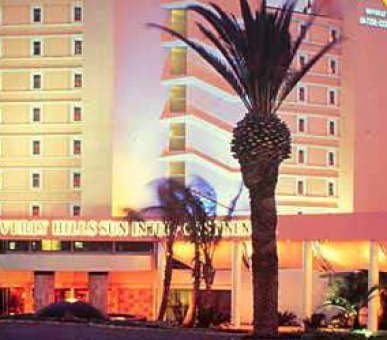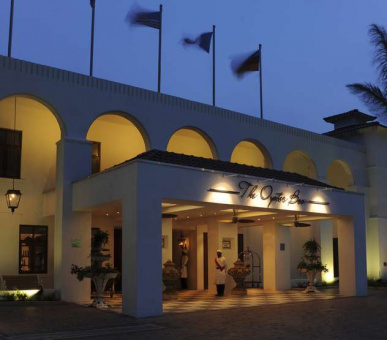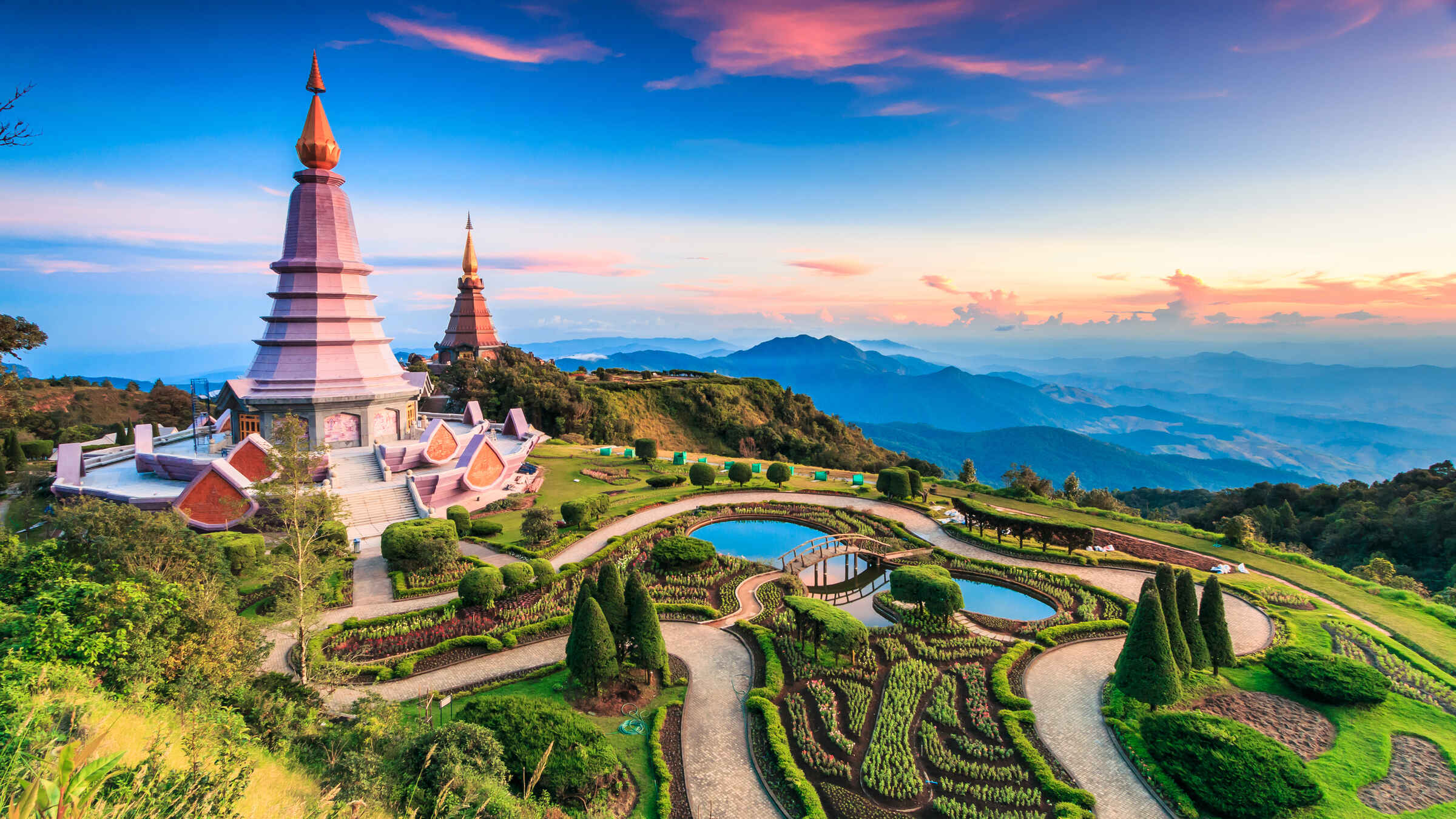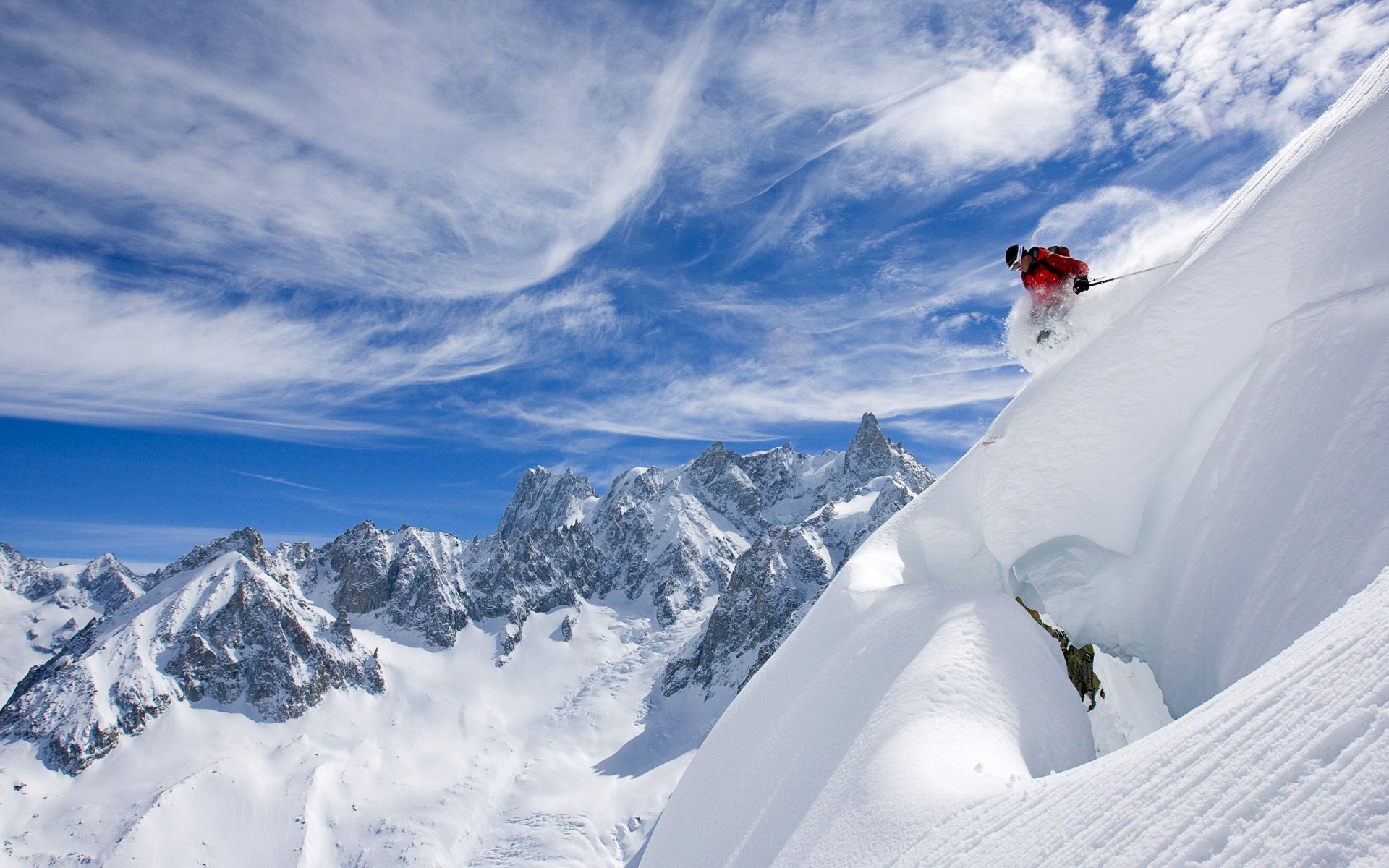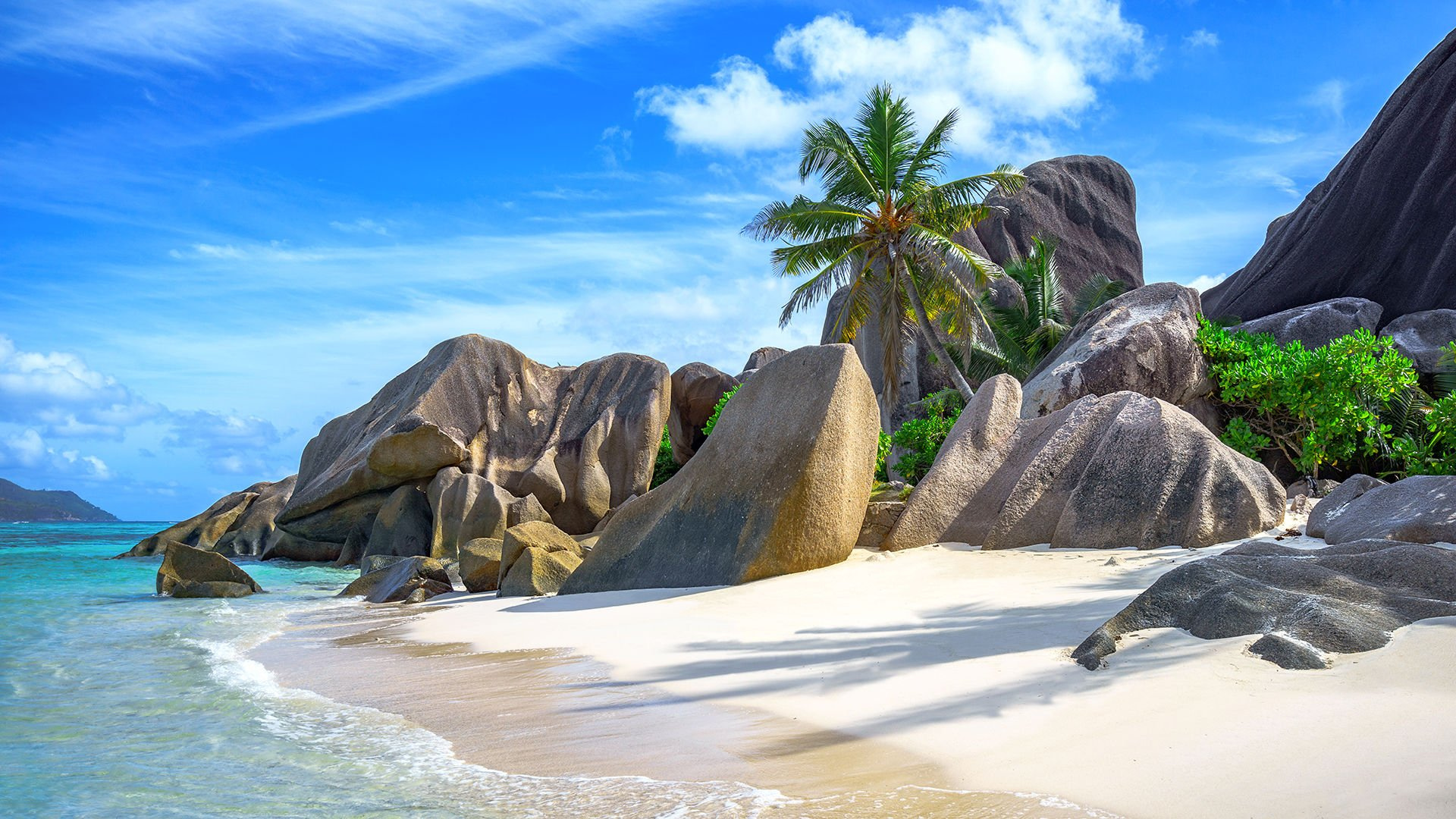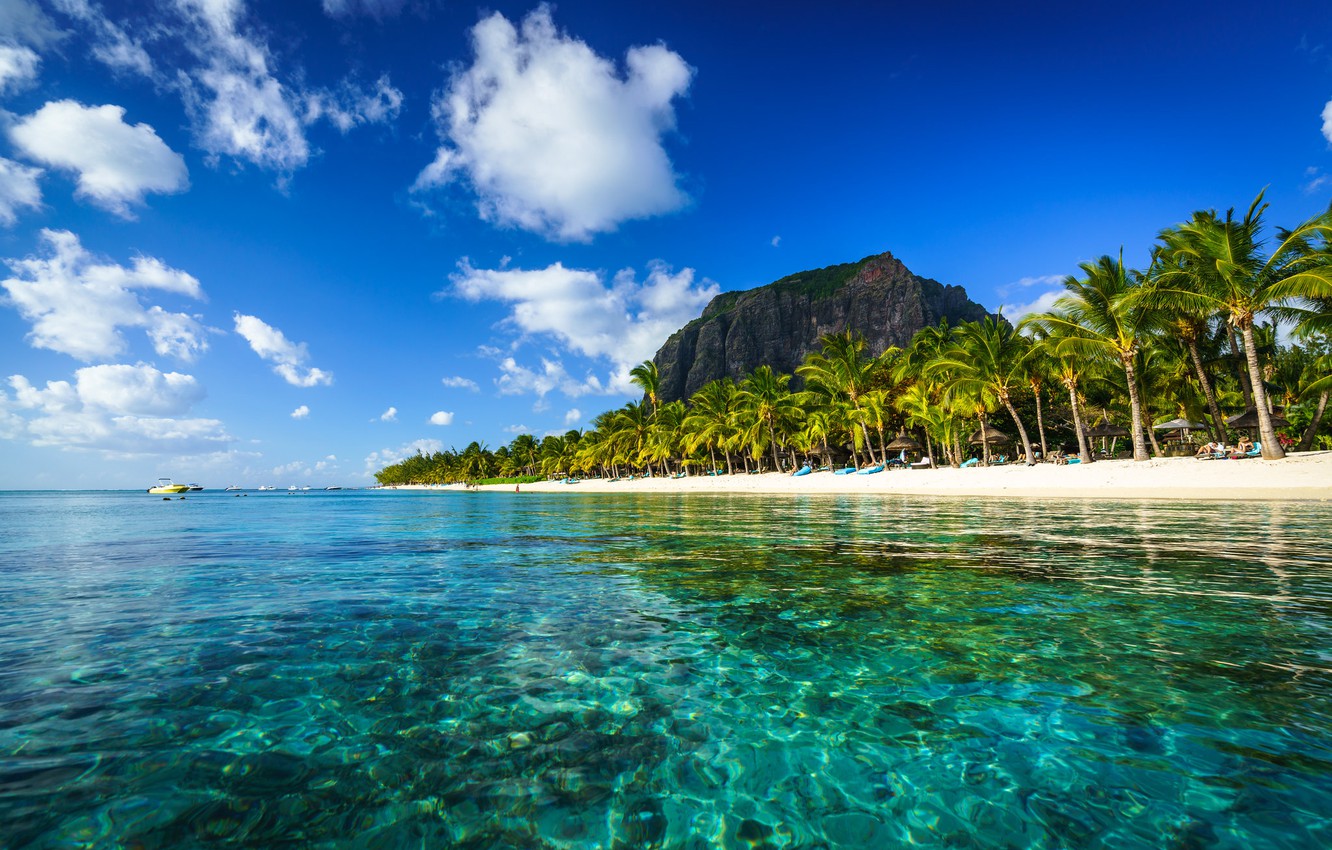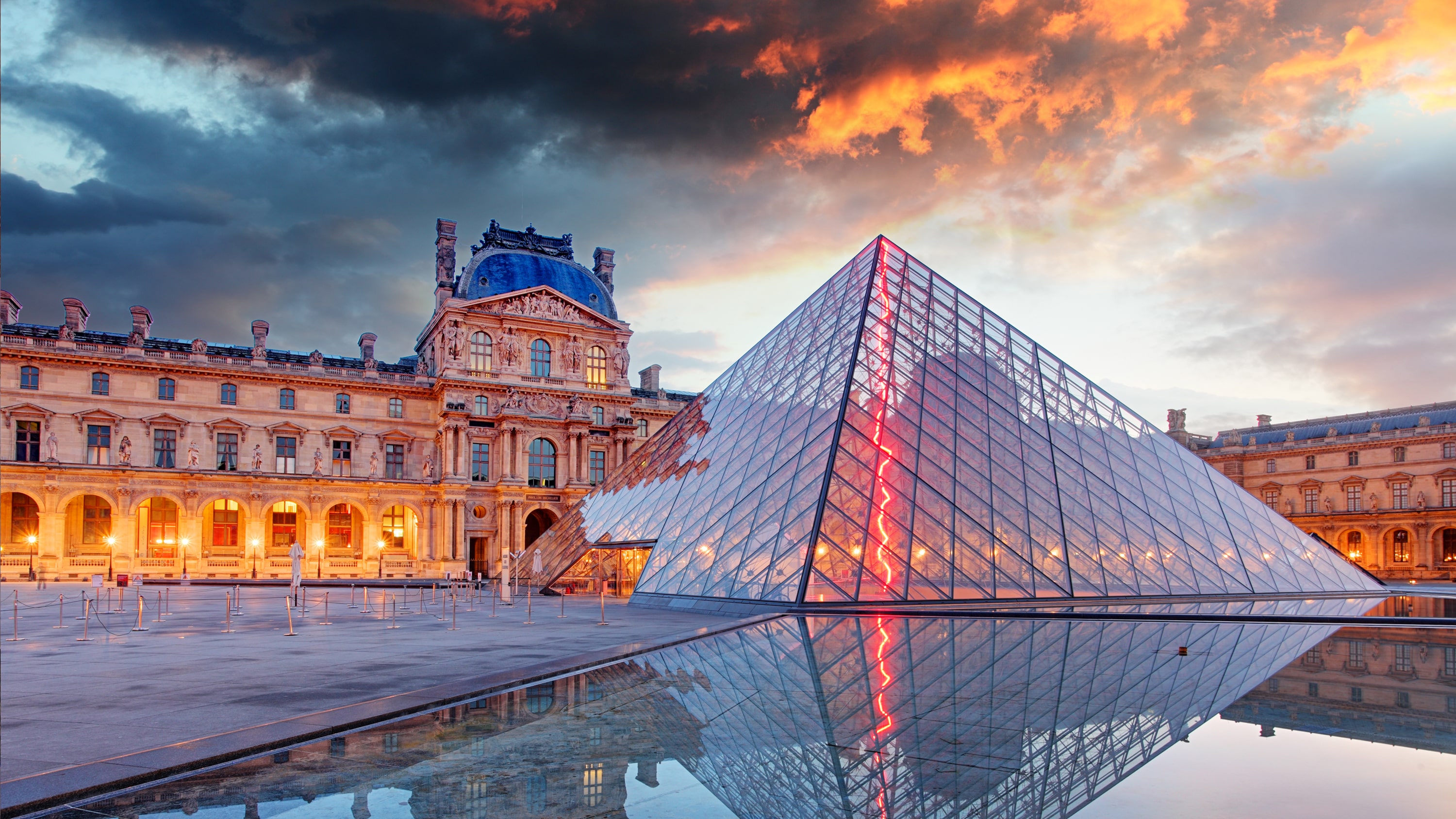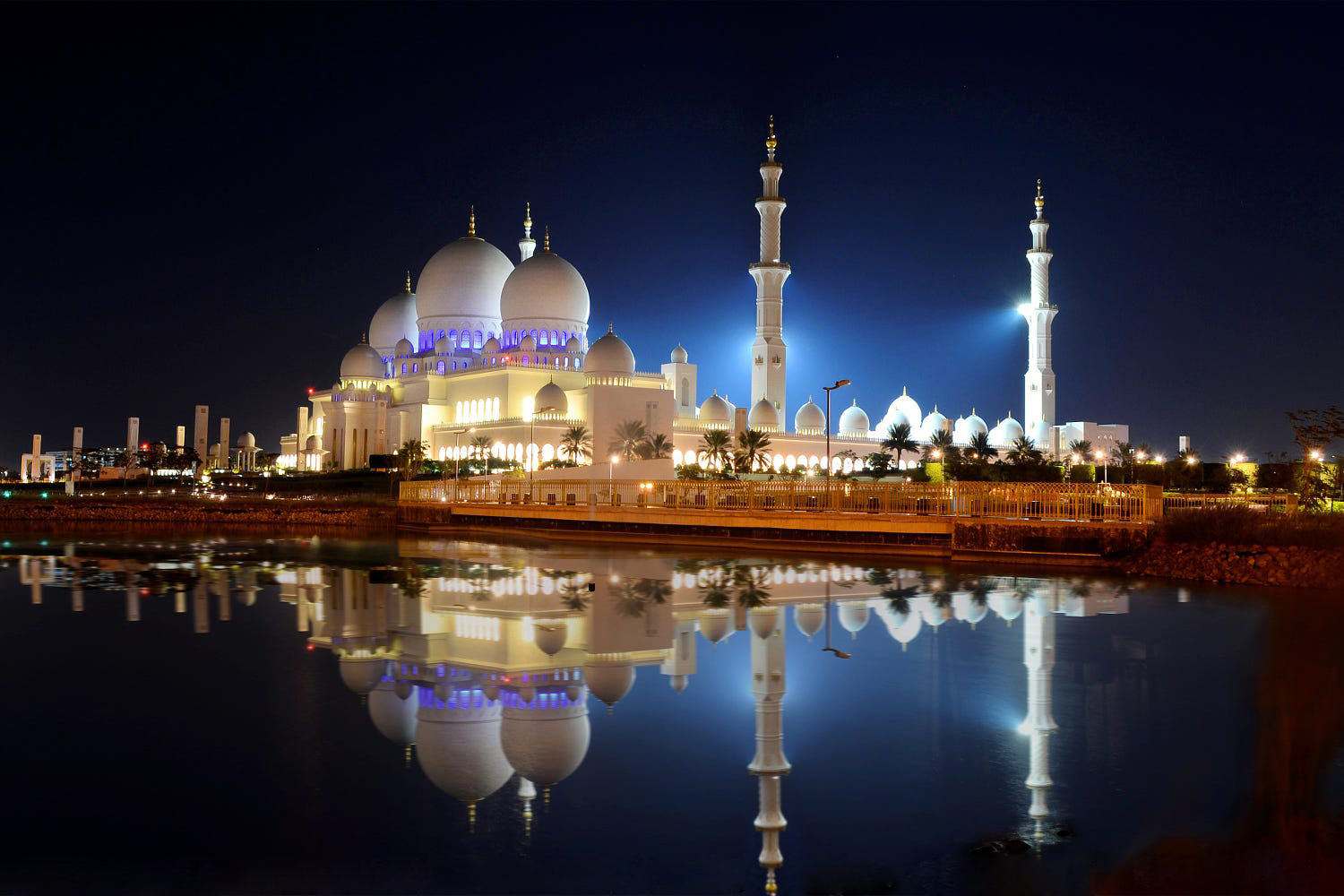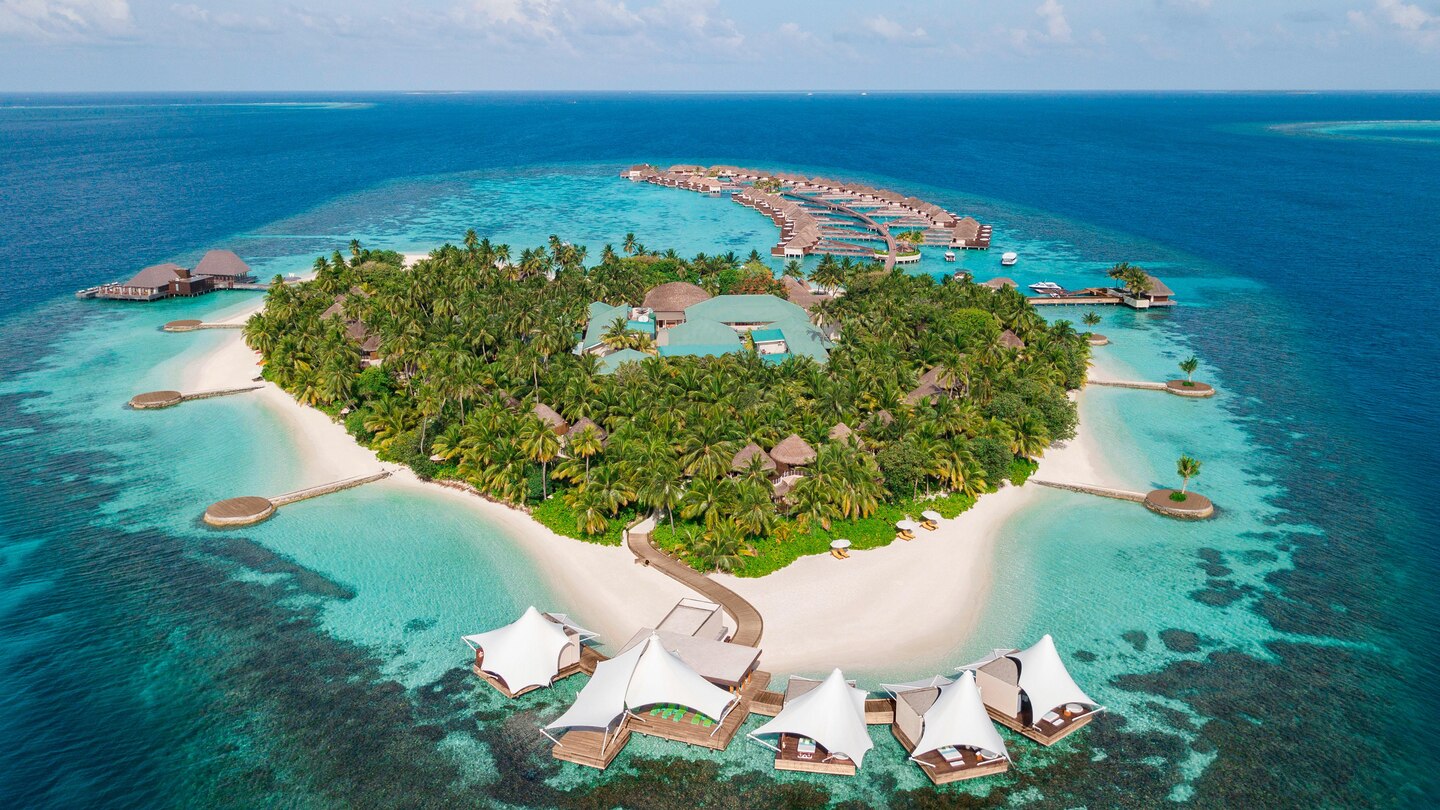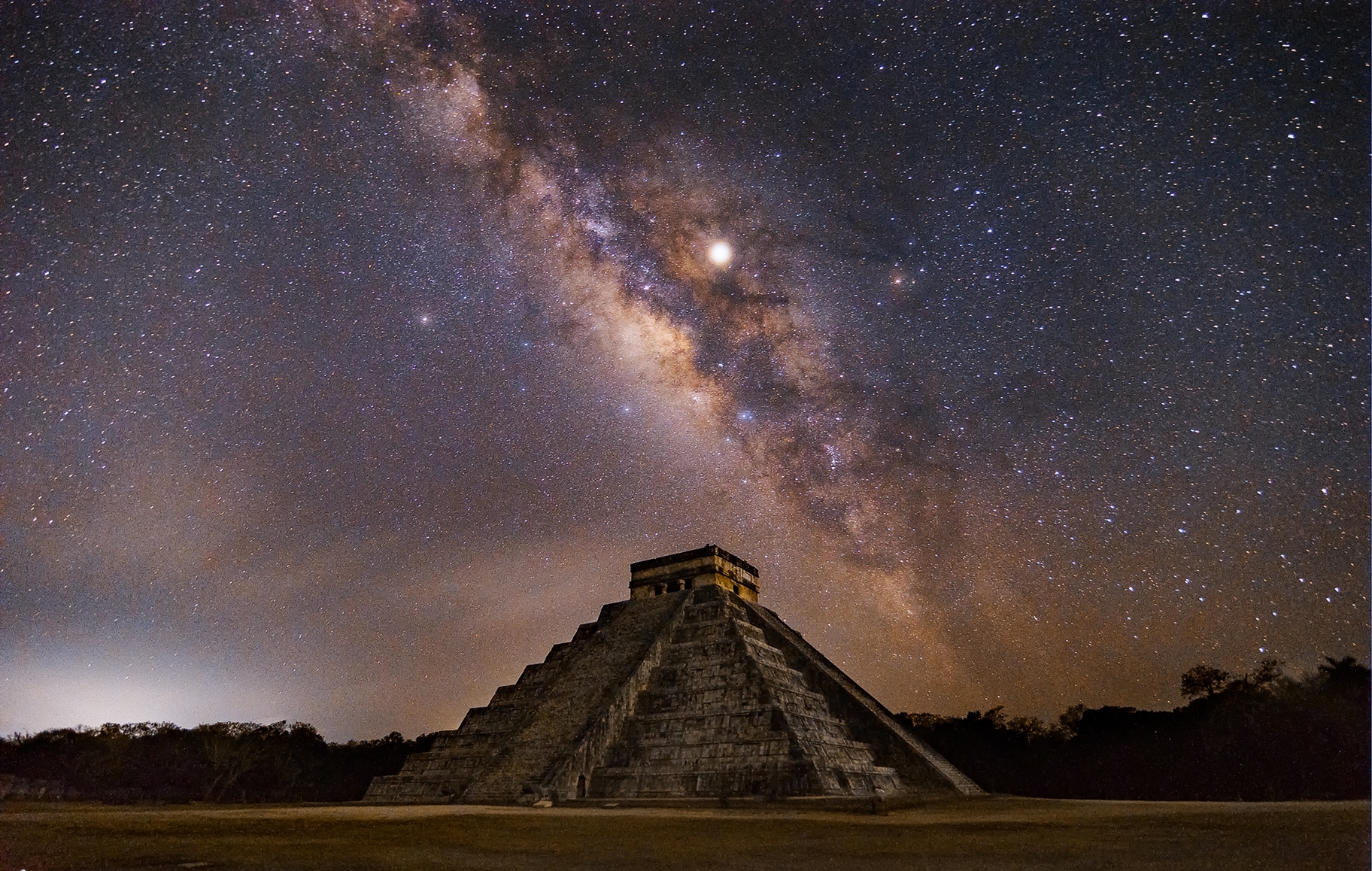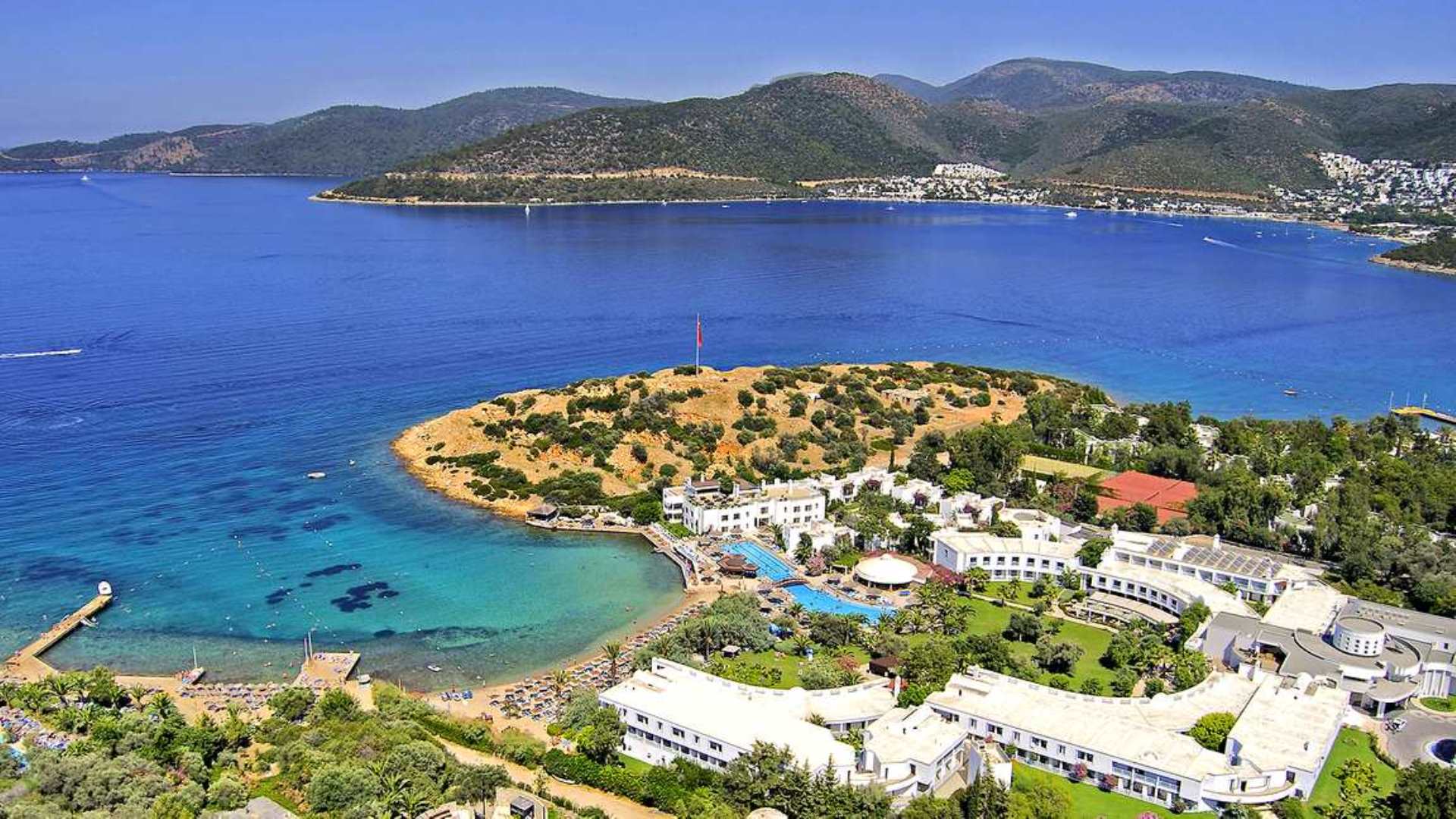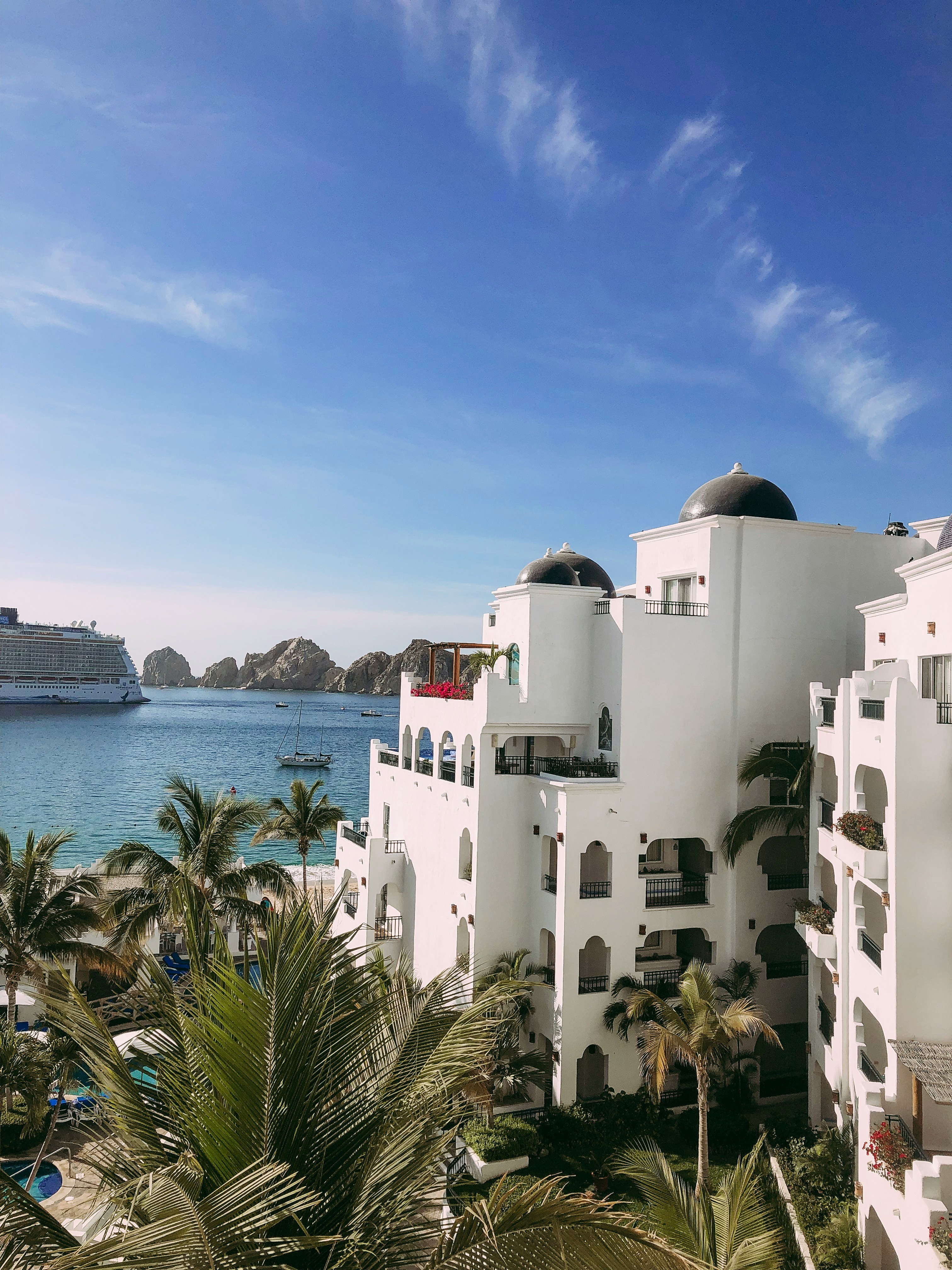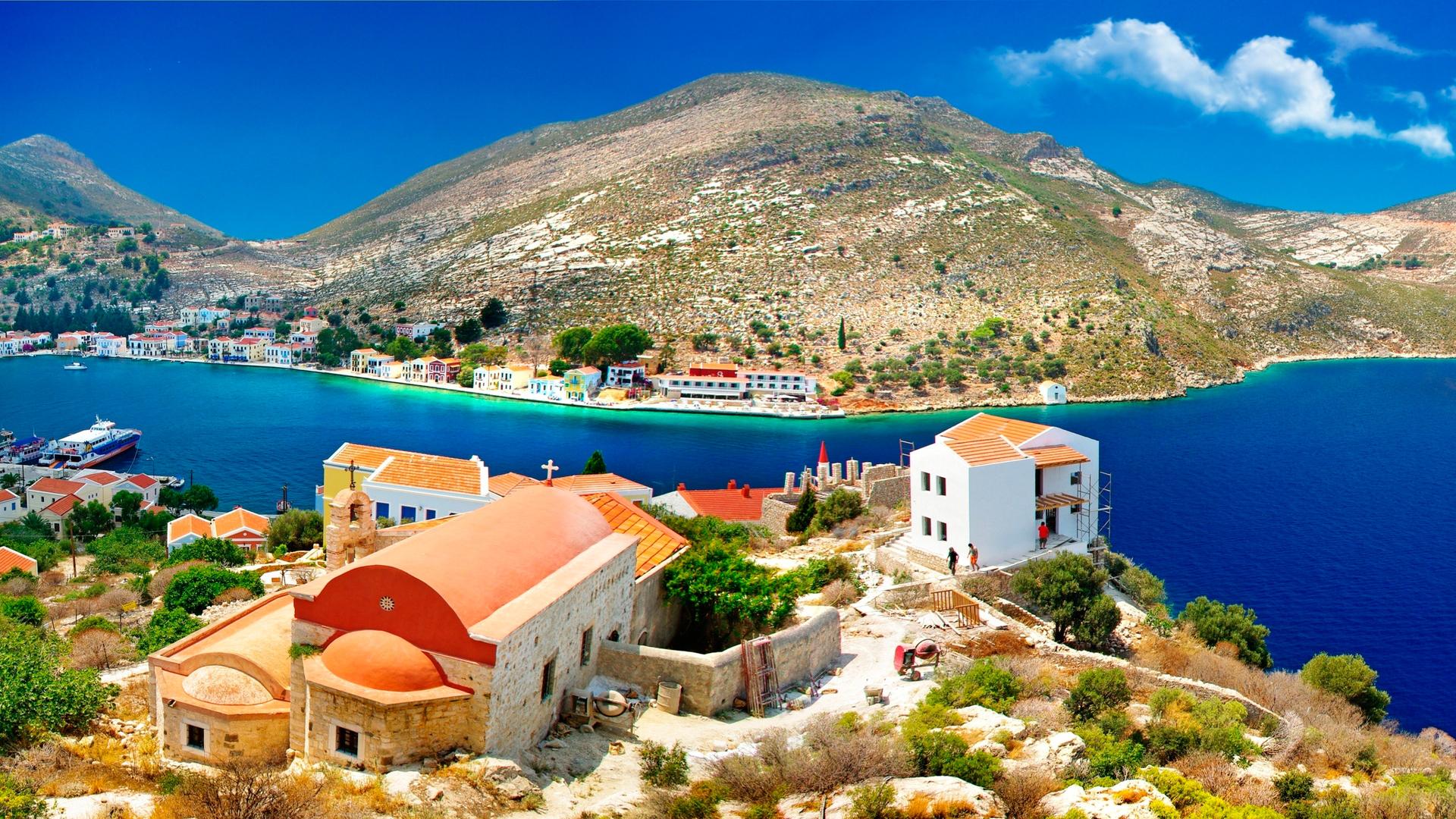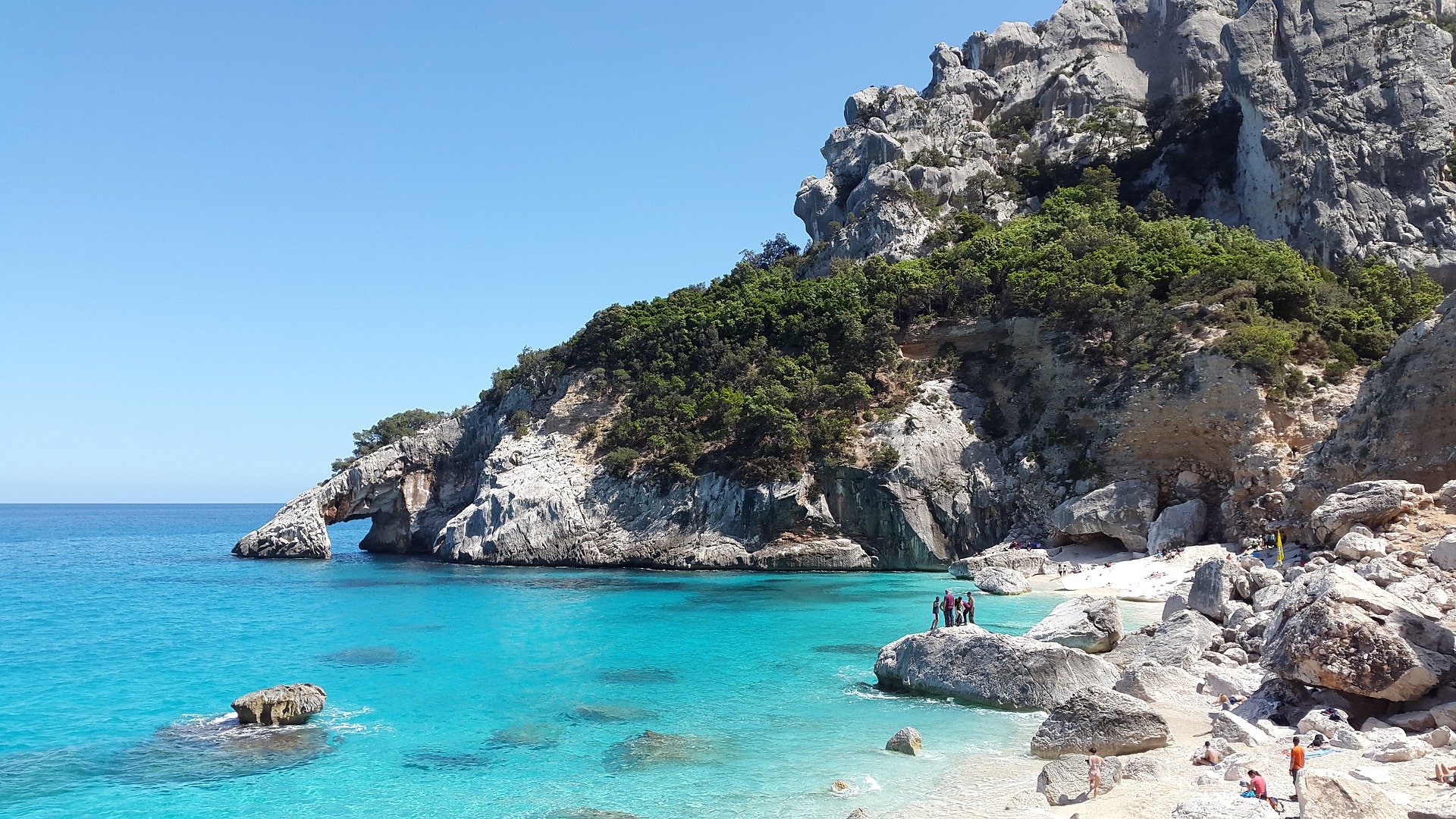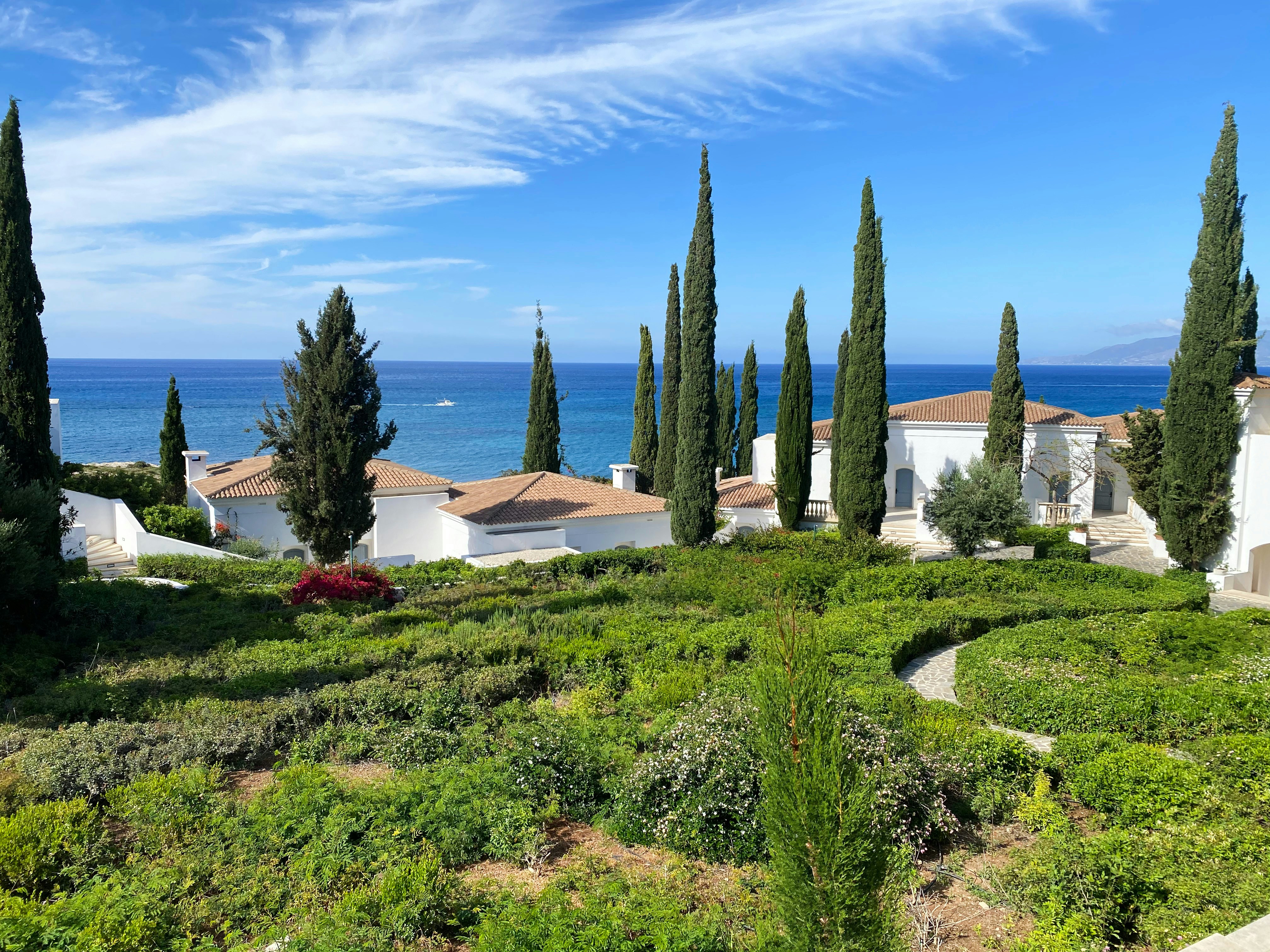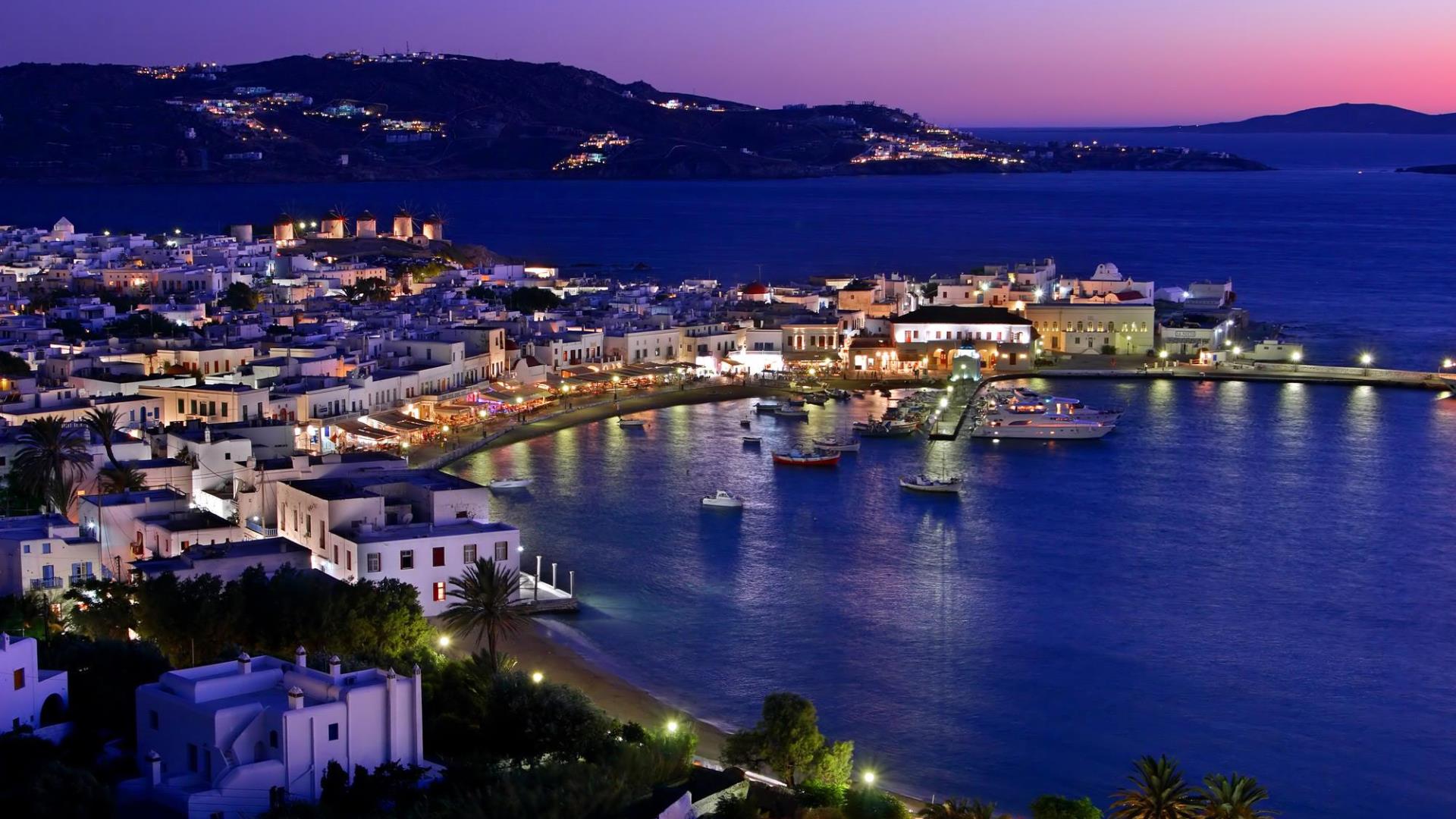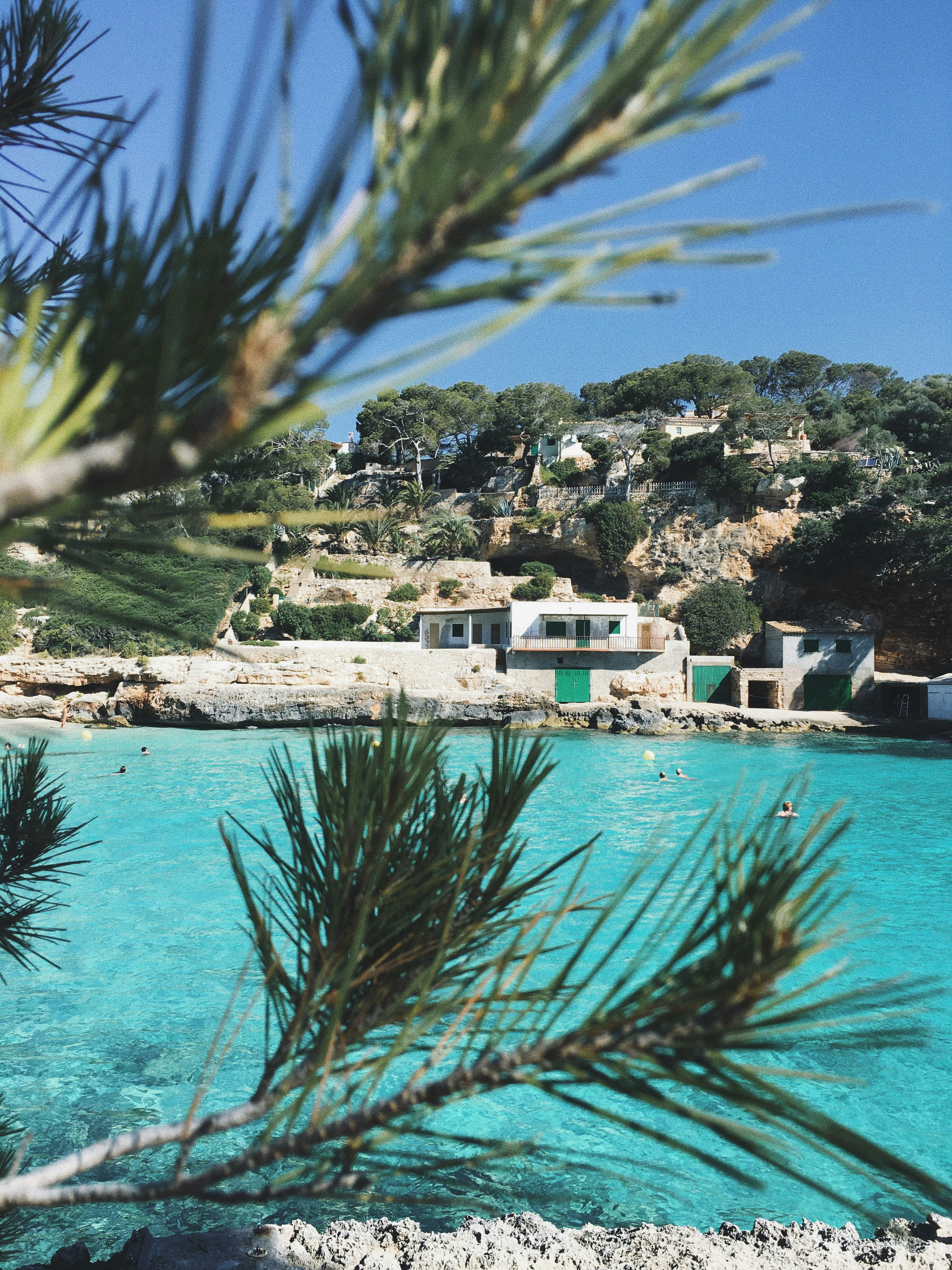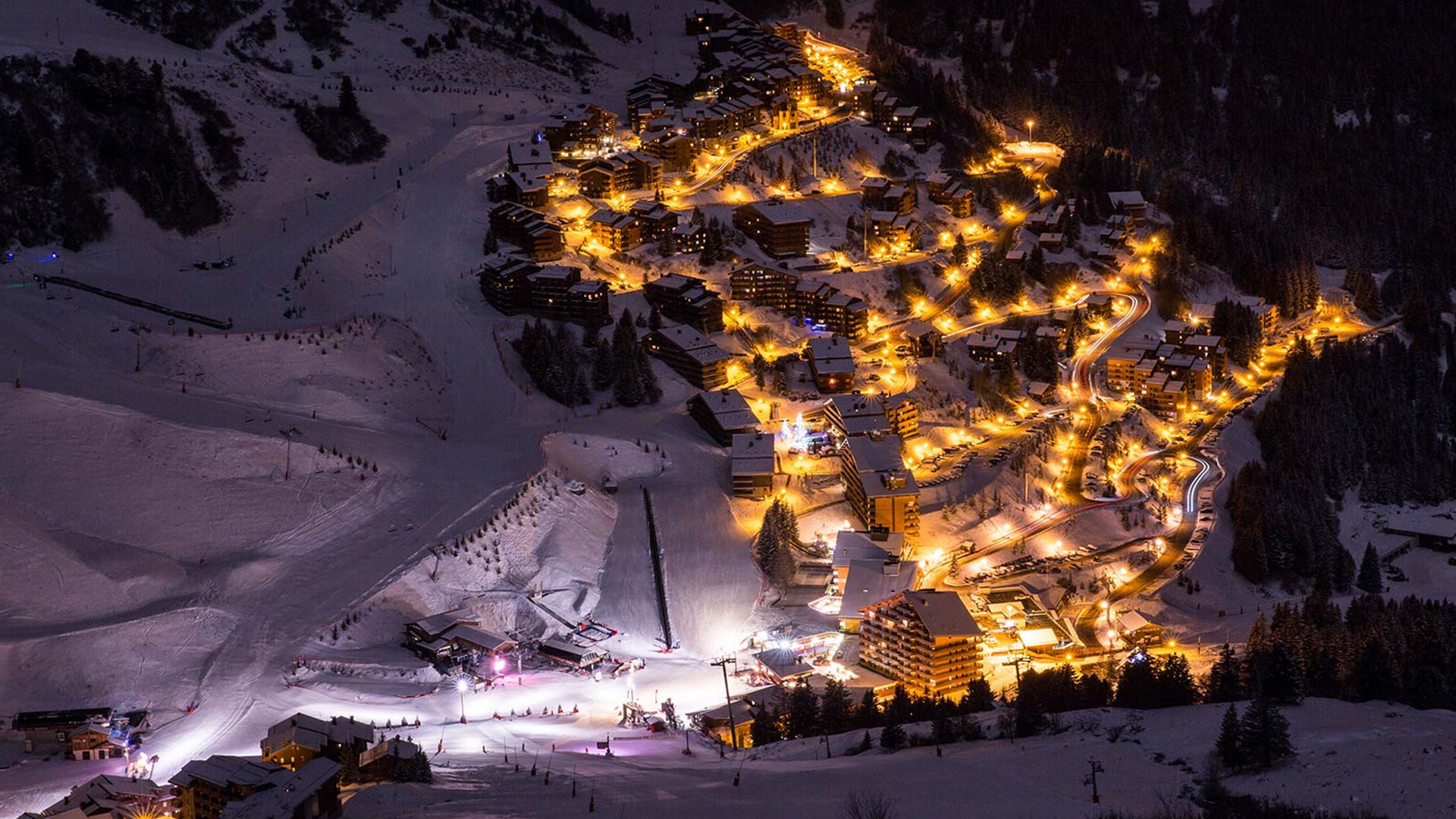Holidays in Durban
Durban (Tekweni) is located in KwaZulu-Natal province. Vasco de Gama was probably the first European to see the bay around which Durban developed, which followed India ' s shores in 1497. The Durban is named after Ser Benjamin D'Urban, governor of the colony in the area of Cape, during the first settlement of 1835. The Durban was colonized first by the Dutch and then by the English traders. During the 19th century, a large number of black workers from India were brought to Durban to work on sugar plantations. Indian merchants came with them. Their descendants constitute a large percentage of the current population of Durban.
Population: If cultural diversity were a criterion for choosing the new capital of South Africa, Durban would be the first. This port city has the most vivid ethnic and cultural colorite. There are three major national groups in Durban, each with rich history and traditions. The largest group is formed by the descendants of the powerful Zulus nation of Shaki, which has made the city a commercial and industrial centre of the province. The second group is formed by descendants of British settlers. The pearls of those dried pioners think they're South Africans like their Zulussa neighbours. The third group is formed by the descendants of Indian black workers who came here in the 19th century. Except for this big troika, the house of Durban also counts Dutch, Portugal and China. Many of them are the second or third generation of Durban. You will enjoy the Indian, colonial and African traditions that have flourished in the city and caused a wide variety of arts, crafts, restaurants and ethnic dances.
Architecture: The most diverse and cosmopolitan heritage of Durban is illustrated in its
architecture. The influence of Asian, Zulus, colonial and British cultures has made the city a treasurer of architectural styles.The Durban architecture is very surprising and diverse. Also as Victorian, Edwardian, Union, Berea, Oriental and Art Deco, many rare and unclear styles have been retained here. The Durban has the best choice in the Art Deco architecture. This style came in 20 years. A radically new architectural style triggered a departure from British imperialism. This was used not only for commercial but also for residential buildings.
Climate: The climate is subtropical, solar days at least 320 per year.
See:
City Hall. A huge building ( 1.5 hectares) with a sculpture front is considered to be one of the most beautiful in the country.
City mail , scattered in a historic building where the city of Durban once had a seat. At the stages of this building in 1899, young Winston Churchill (in that field, a military correspondent) delivered a speech after his famous escape from Pretoria prison. In 1908, the building signed a convention establishing the South African State.
Indian quarterone of the qualities of the neighbourhood is a giant sword, the largest in the South Hemisphere. A walk on a loud exotic bazaar will allow the inescapable atmosphere of the East.
Delfinary Sea Peace (Sea World) - You can see a performance with Dressed Dolphins. Dolphinary also contains sharks.
Botanical garden - Durban's pride, one of the best botanical gardens in the world. She owns a unique orchid collection. There is a special section for visitors with poor eyesight in the garden where plants with the strongest and most pleasant smell are represented.
Fitzsimmons snake park - This unusual park contains snakes of different species and scorpions and spiders.
♪

